“At a certain point, everyone had an orchard. Everyone lived on a farm, and every farm had an orchard.”
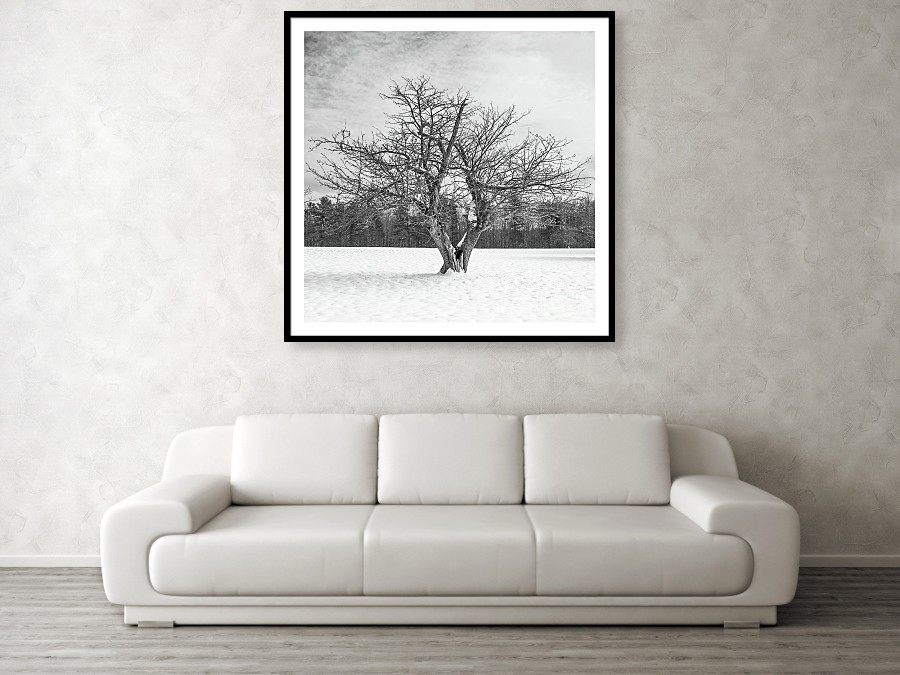
Centuries-old apple on the edges of long lost farms, active pick your own orchards going back generations, wild apple trees found deep in the forests, New England is dotted with beautiful old apple trees.
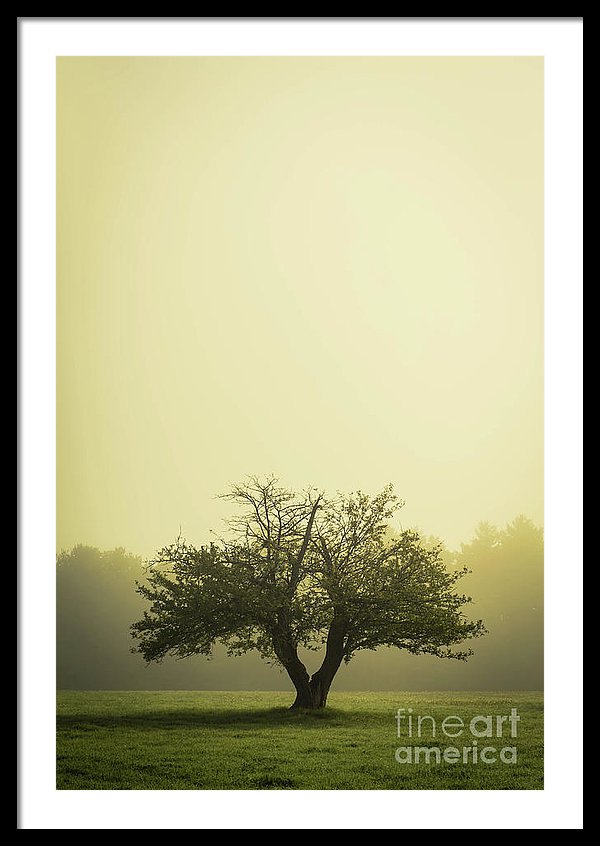
Photographer Edward M. Fielding often uses these old apple trees as a photographic subject attracted to the gnarly trunks, isolated position in fields and the hacked, pruned and sculpted branches.
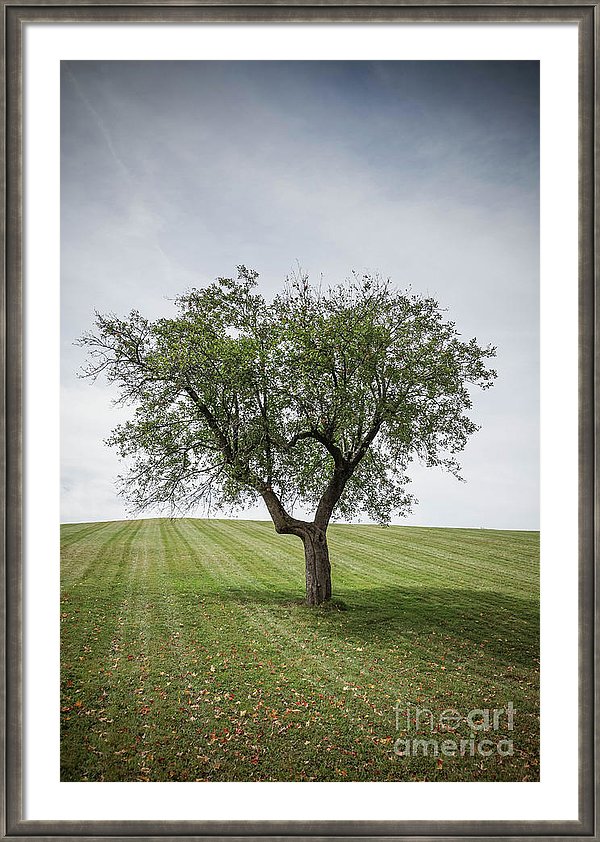
Back in the 1920s, a New Hampshire farmer came up with the idea of bringing tourists from Boston and other crowded cities to pick their own apples in the fresh air and sunshine. Today, 200-year-old farms still sell access to their old apple trees and people enjoy playing farmer for an hour or so, picking their fruit directly from the source.
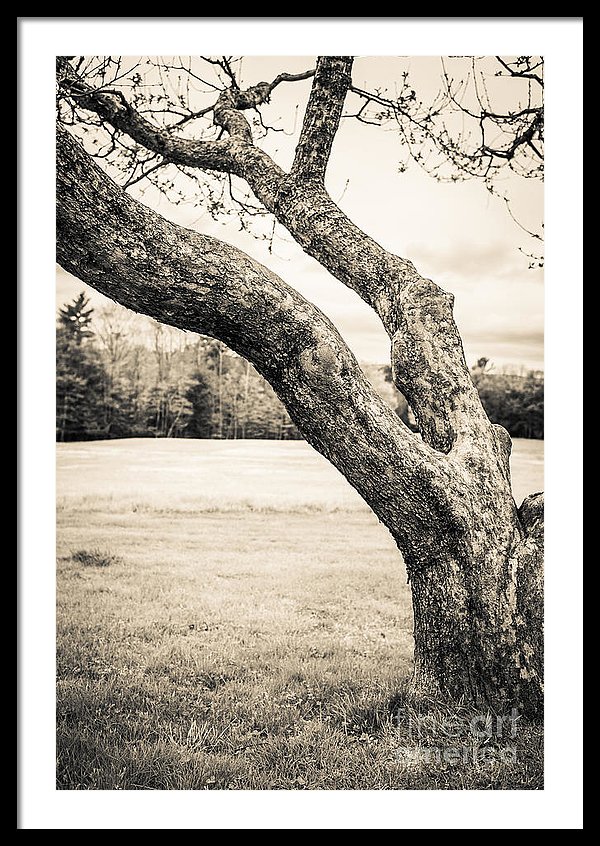
Wild apple trees are one of the most important wildlife food plants in New England. They are used by many wildlife species. Early Americans used apples as a rare source of sweetness in their diets. They made cider to drink and vinegar to preserve the harvest. Freeze-distilled hard cider, known as applejack, was an intoxicant, an antiseptic, a tonic.
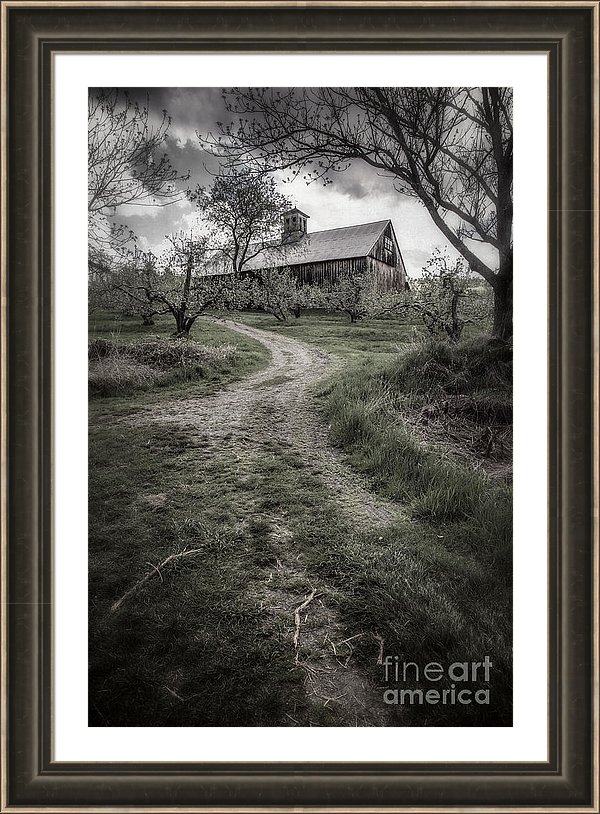
Apples first came to America in Plymouth, Massachusetts, where settlers began the work of identifying which varieties would thrive in this new and harsh climate. Later as waves of Americans moved west to claim land under the Louisiana Purchase, the government required homesteaders to plant 50 apple trees in their first year, making them a staple of the national diet.
